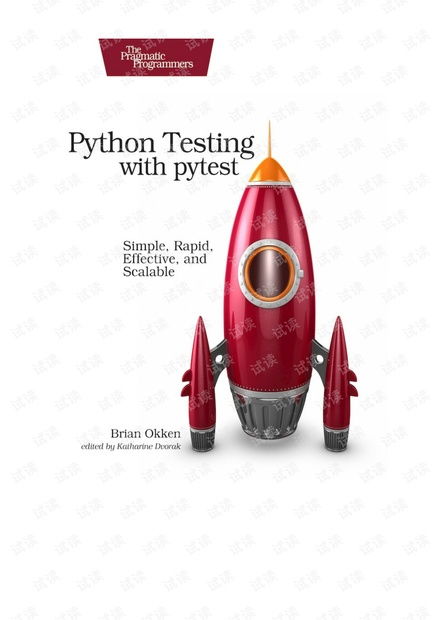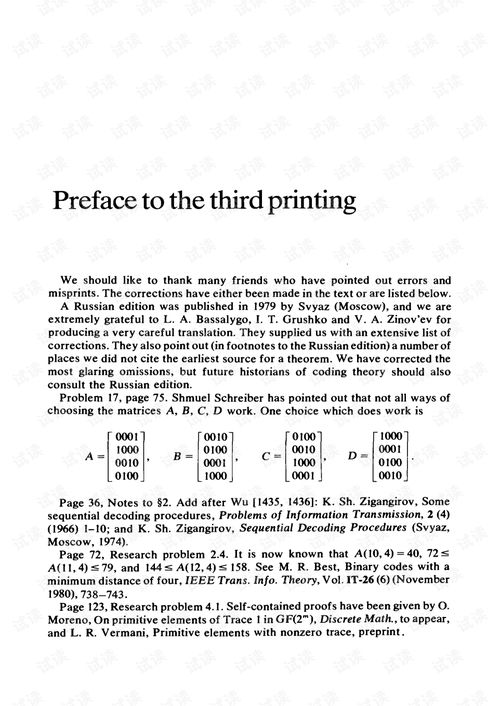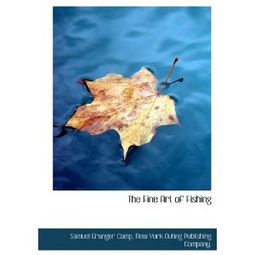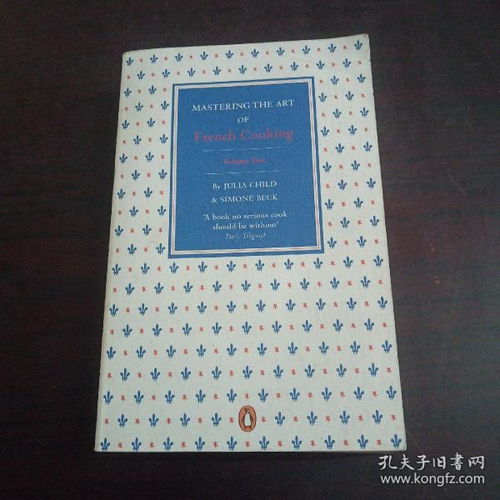Content:
Writing compelling fishing bait and tackle tips is a delicate balance between informative, engaging, and actionable advice. Whether you're targeting a niche audience of seasoned anglers or beginners, crafting the right kind of content is crucial. Here's a guide on how to write effective fishing content that captures the essence of the activity and provides value to your readers.
Understand Your Audience
Before you start writing, it's essential to know who your audience is. Are they looking for general advice or do they need specific tips for a particular type of fishing? Understanding their skill level, interests, and what they're hoping to achieve will help tailor your content accordingly.
Start with a Compelling Hook
Your opening sentence should be attention-grabbing. Start with a question, a surprising fact, or a personal anecdote that resonates with your audience. For example:
"Ever wondered why some anglers catch more fish than others? It might just be the bait they're using."

Be Specific in Your Tips
General advice can be overwhelming and vague. Instead, focus on specific techniques or types of bait. For instance:
"Using a red worm as bait can significantly increase your chances of catching bass in murky waters."
Include Visuals and Examples
People learn in different ways, so incorporating visuals such as images or videos can enhance understanding. If you're explaining how to rig a certain type of lure, include a step-by-step photo series or a short video demonstration.
Share Personal Experiences
Personal stories can make your content more relatable. Share a time when a particular bait or technique made a difference in your fishing experience:
"On my last trip to Lake Tahoe, I switched from a spinnerbait to a rubber worm, and the difference was incredible. I caught more fish than I ever had before."
Provide Actionable Steps
Your tips should be actionable. Break down the process into simple steps that readers can follow. For example:
"To rig a Texas-rigged worm effectively, follow these steps:
- Thread the worm onto the hook.
- Secure the hook into the worm's body at a 45-degree angle.
- Trim the excess line if necessary."
Include Expert Opinions
Cite expert advice to lend credibility to your content. If a well-known angler or a professional fishing guide has a specific technique or tip, include it to strengthen your argument.
"According to pro angler John Doe, using a lighter line can reduce the amount of noise in the water, making it easier to catch fish."
Offer Solutions to Common Problems
Address common issues that anglers face, such as selecting the right bait for different conditions or troubleshooting tackle issues. For example:
"Dealing with a snag? Try using a fish-shaped leader to help your line slide through branches and weeds more easily."
Keep It Concise and Engaging
Avoid overly complex sentences and jargon that might confuse your readers. Aim for a conversational tone that's easy to follow, and keep paragraphs short to maintain reader interest.
Encourage Reader Interaction
End your article with a call to action that encourages readers to comment, share their experiences, or ask questions. This can help build a community around your content.
"Have you tried any of these tips? Share your experiences and let us know which one worked best for you!"
Proofread and Edit
Before publishing, make sure to proofread your content for spelling and grammatical errors. A well-written article is more likely to be taken seriously and shared among readers.
Conclusion
Writing effective fishing bait and tackle tips requires a blend of expertise, creativity, and empathy for your audience. By following these guidelines, you can create content that not only informs but also inspires and engages your readers, turning them into loyal followers of your fishing content.












